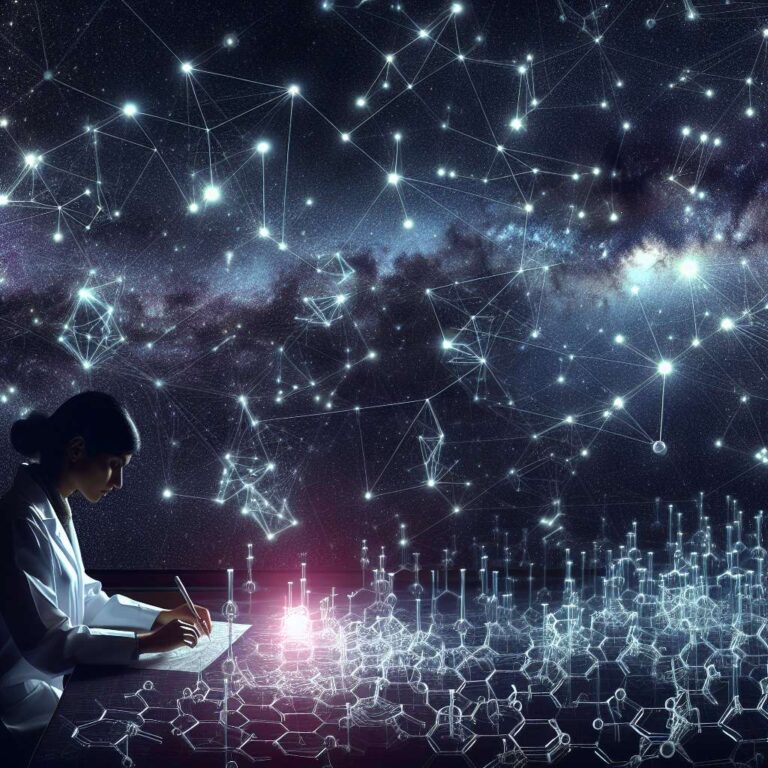Predicting the intricate chemical reactions that shape cosmic evolution has long been constrained by the limitations of experimental and expert-driven methods. Recently, researchers unveiled a pioneering deep learning framework designed for astrochemistry, significantly increasing the accuracy and efficiency of reaction forecasts. The study, titled ´A Two-Stage End-to-End Deep Learning Approach for Predicting Astrochemical Reactions,´ appeared in the journal ´Intelligent Computing´ on May 15, delivering a leap in computational tools for space science.
The research team evaluated their Artificial Intelligence-based framework, GraSSCoL, on ChemiVerse, a data set comprised of 10,624 rigorously curated astrochemical reactions. Focusing on predicting products from known reactants, GraSSCoL achieved remarkable results: Top-1 accuracy reached 82.4%, while Top-3, Top-5, and Top-10 accuracies climbed to 91.4%, 93.0%, and 93.7%, respectively. These figures significantly outperform prior models, showcasing the strength of the approach for identifying the correct reaction outcome among a set of candidates—a key metric for chemical prediction tasks.
GraSSCoL functions through a two-stage pipeline. The first stage employs a specialized graph encoder—tailored for the distinct features of astrochemistry, such as single-atom ions and virtual edge representations—paired with a transformer-based decoder. This architecture generates candidate molecular products as SMILES representations, a standardized notation for expressing chemical structures. In the ranking optimization stage, the model uses supervised contrastive learning to distinguish true reaction products from implausible or ´hallucinated´ outputs, bolstered by transfer learning on ChemBERTa, a language model pretrained on chemistry datasets. The team further increased the reliability of their results with careful model tuning, advanced optimization strategies, and robust cross-validation protocols.
Despite its success, the study highlights several limitations. GraSSCoL does not yet encompass astrochemical processes such as photo-dissociation or ion-neutral charge exchange, due to insufficient available data. The researchers plan to broaden the scope of the model by expanding datasets and integrating large language models for nuanced, condition-specific predictions that account for variables like temperature and hydrogen concentration. By building toward a more comprehensive map of interstellar chemistry, this work marks a substantial step forward in the synthesis of Artificial Intelligence and astrochemistry.

